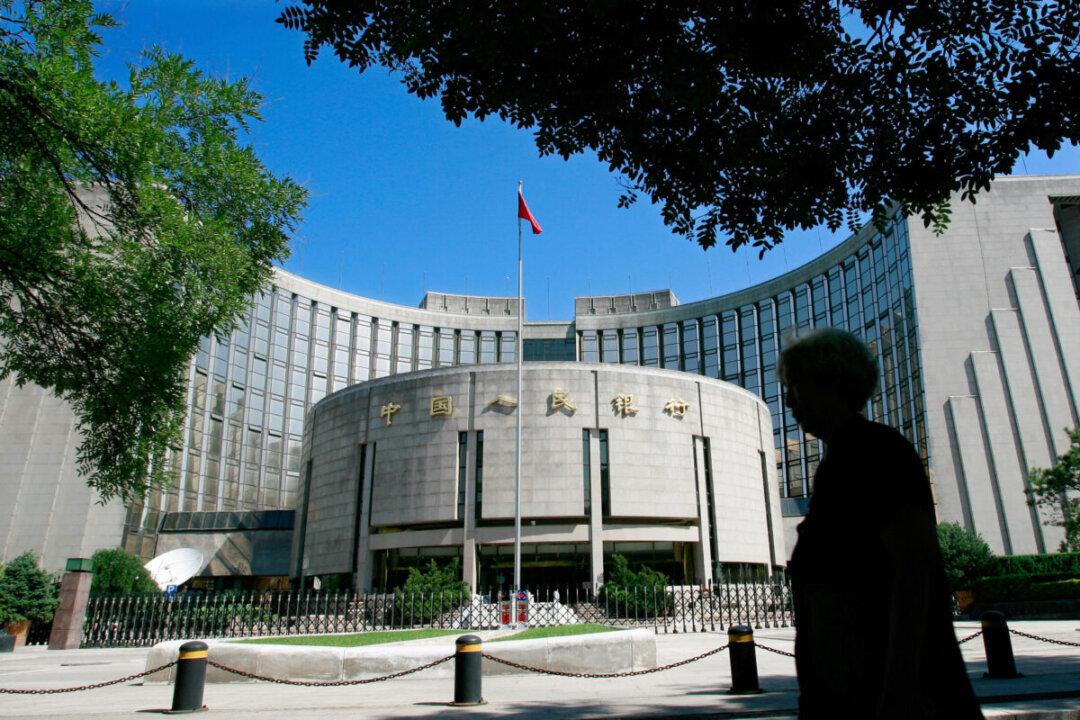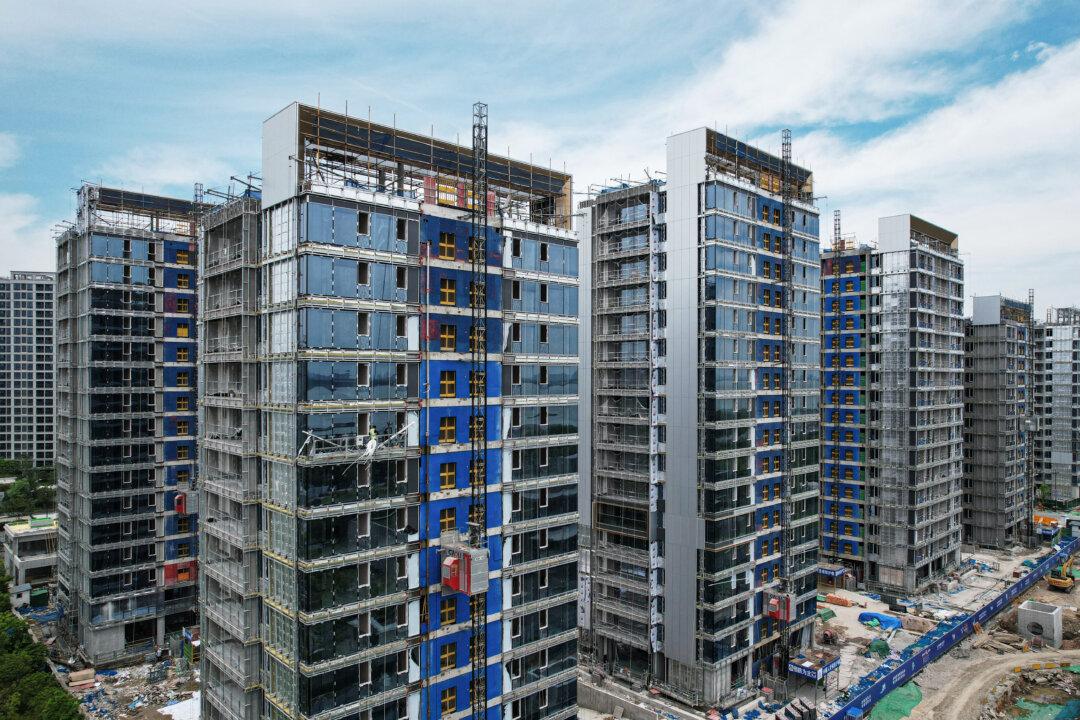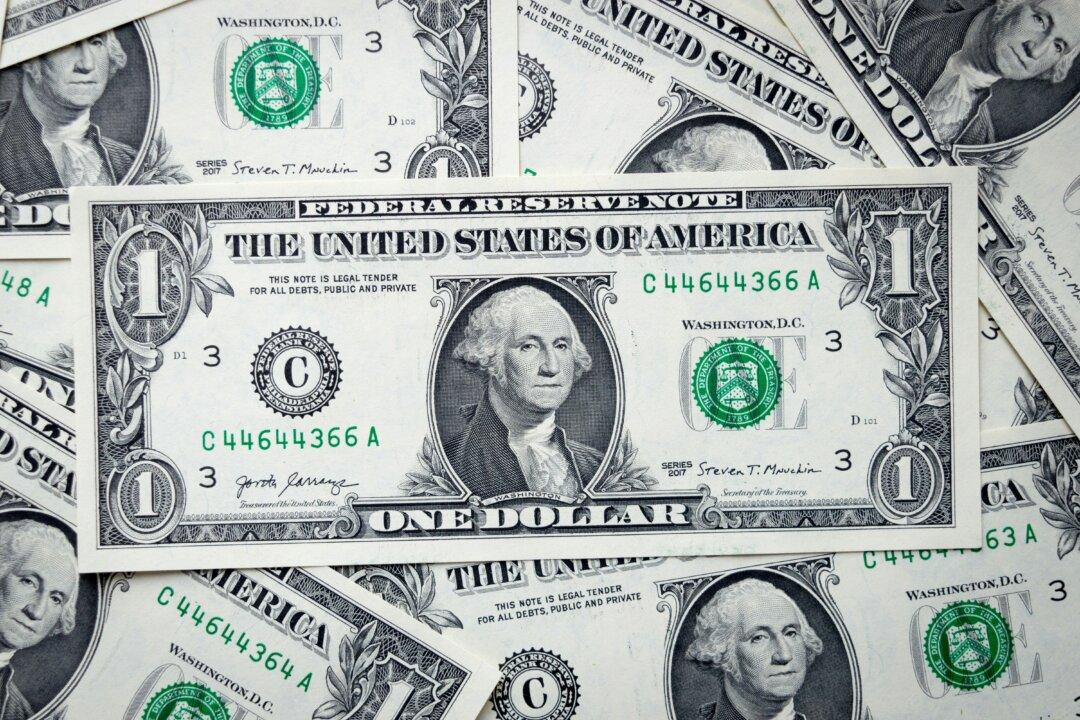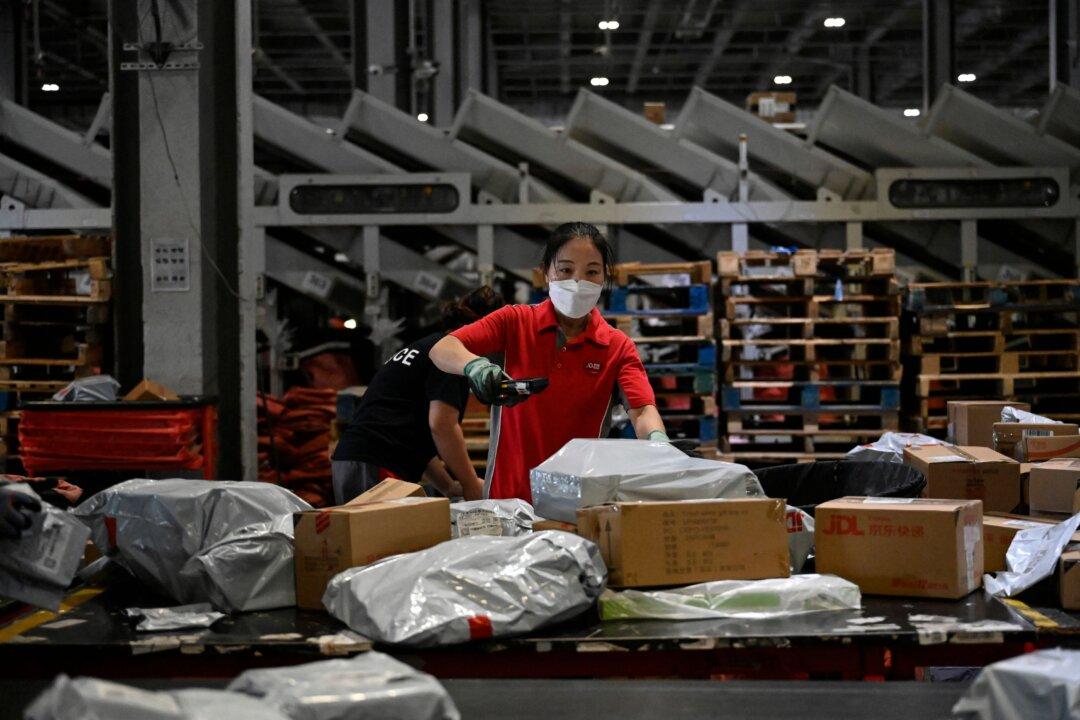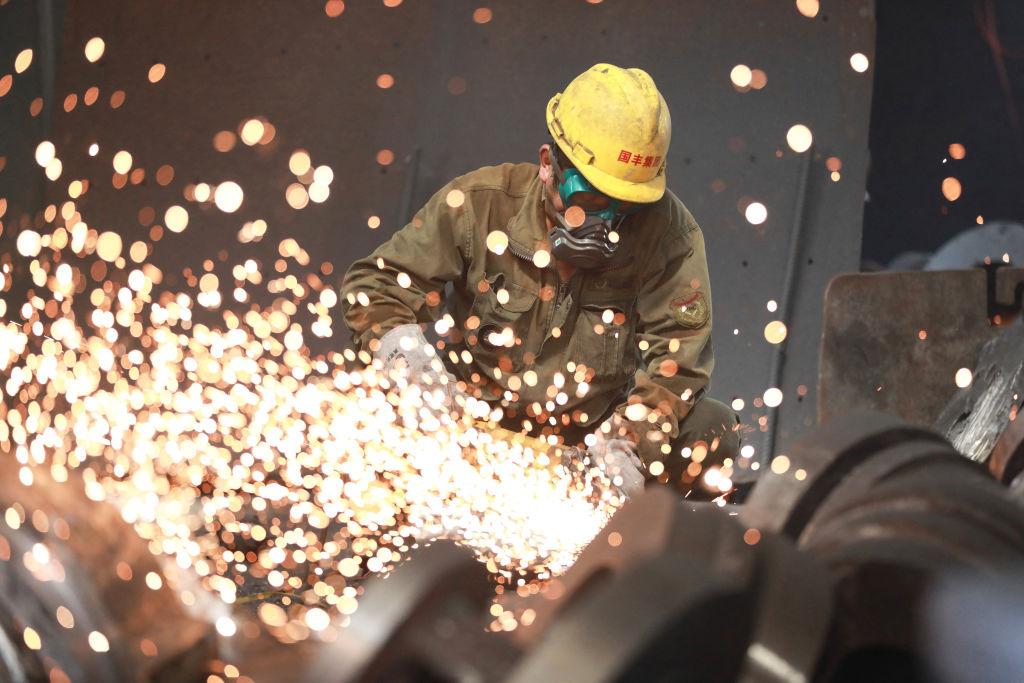The unexpected reduction of China’s main policy rates on Tuesday may be yet another hint that Beijing’s policymakers are willing to do more to support the struggling economy. But economists believe it is not enough, and today’s rate cut by the central bank, the People’s Bank of China (PBC), is only a temporary fix. In restoring market confidence, they argue, the quality of stimulus is more essential than the number of measures.
The central bank reduced the one-year medium-term lending facility (MLF) rate by 15 basis points (bps) and the seven-day open market operation (OMO) reverse repo rate by 10 bps on Tuesday in order to lower financing costs and boost market sentiment.
In addition to lowering the rates, the PBC also announced online that it infused 204 billion yuan through seven-day reverse repos.
These follow the dovish tones from the July Politburo meeting and the consideration of persistent headwinds to growth: the property downturn and fragile confidence.
While, China’s key policy rates were lowered in response to mounting external and internal pressures on the economy, analysts say further stimulus is needed to revive growth.
“The rate cut could address a cyclical economic slowdown, but cannot address structural slowdown that China’s economy is experiencing,” Raymond Yeung, chief economist, Greater China, at the ANZ Group, told The Epoch Times.
“A 15 basis-point interest-rate cut is unlikely to change the long-term expectation. China needs to adopt a structural approach to ensure long-term growth and that takes time,” he added.
The move was followed by the release of a batch of July that underlined the rapid loss of the post-COVID economic rebound that has shaken global financial markets.
Mr. Yeung cited several factors, including deflationary risk, disappointing data, and rising financial concerns as reasons for today’s decrease.
“Specifically, the private sector’s fixed asset investment (FAI) declined 0.5% year-to-date from -0.2 percent prior. But importantly, the impact of some distressed developers and private conglomerates may lead to a systematic risk in the economy, which needs an urgent policy response,” he said.
Can the Chinese Economy Regain Its Rapid Growth?
According to official figures issued on July 17, China’s economic growth in the second quarter was lower than predicted at 6.3 percent, in part because of the low base generated by the coronavirus shutdown last year. As a result, many questioned Beijing’s ability to prevent the downturn in the remaining months of the year, and has led some to wonder how many tools Beijing has at its disposal to halt the decline of growth
To achieve its annual growth objective of roughly 5 percent, Beijing, thus, is under increased pressure for additional policy support and effective implementation.
According to Mr. Yeung though, the rate cuts will be necessary to smooth the shocks and buy time for structural reforms, and more.
For one, this will prevent an excess of cash within the banking system while also reducing the cost of funding the real economy. Important policy rates include the one-year MLF rate and the seven-day reverse repo rate. Both the 10-year Treasury yield and loan rates are compared to the one-year MLF rate. The money market rate of interest of seven days’ reverse repo is the standard.
The asymmetric cut will also help drive funds to bank loans and bonds financing, says Mr. Yeung.
Still, the Chinese economy is going through long-term structural pains.
Major obstacles to promoting a long-lasting economic resurgence include the property sector’s continuous drag, rising local government debt pressure, a high youth unemployment rate, and cooling international demand for assistance.
China is also going through a difficult transition as it shifts its economy away from being reliant on debt and the real estate market and toward being more consumer-driven.
Meanwhile, despite predictions of a 3.8 percent increase, statistics released on Tuesday indicated that fixed-asset investment grew by just 3.4 percent in the first seven months of 2023. A 3.8 percent increase was seen between January and June.
Property investment fell 8.5 percent year over year in January through July, following a 7.9 percent drop in the same period. This marks the seventeenth straight month of decline.
The national survey-based unemployment rate also increased, going up to 5.3 percent from 5.2 percent in June. The average unemployment rate among countries of the Organization for Economic Cooperation and Development (OECD) was 4.8 percent, with the rate for young people hovering around 10 percent.
“When you have all these forces buffering the Chinese economy from the collapse. Ultimately, what needs to done is to take off bad asset from property developers and bad banks,” commented Mark Matthews, head of Asia research at Julius Baer, during a Bloomberg TV interview.
Policy rates are predicted to be reduced further, hence, in the future. However, the bank ANZ feels the terminal rate will depend on the potential growth.
More rate cuts are also on the way. According to ANZ, China’s one-year loan prime rate should be as low as 2 percent if potential growth is 4.0 percent and inflation is zero. These changes will be required this year to inject additional long-term, low-cost funding into the system. ANZ expects the PBC would likely provide more structural measures to boost weak sectors, as well.
“We maintain our GDP forecast for 2023 and 2024 at 4.9 percent and 4.0 percent, respectively,” said Mr. Yeung.
